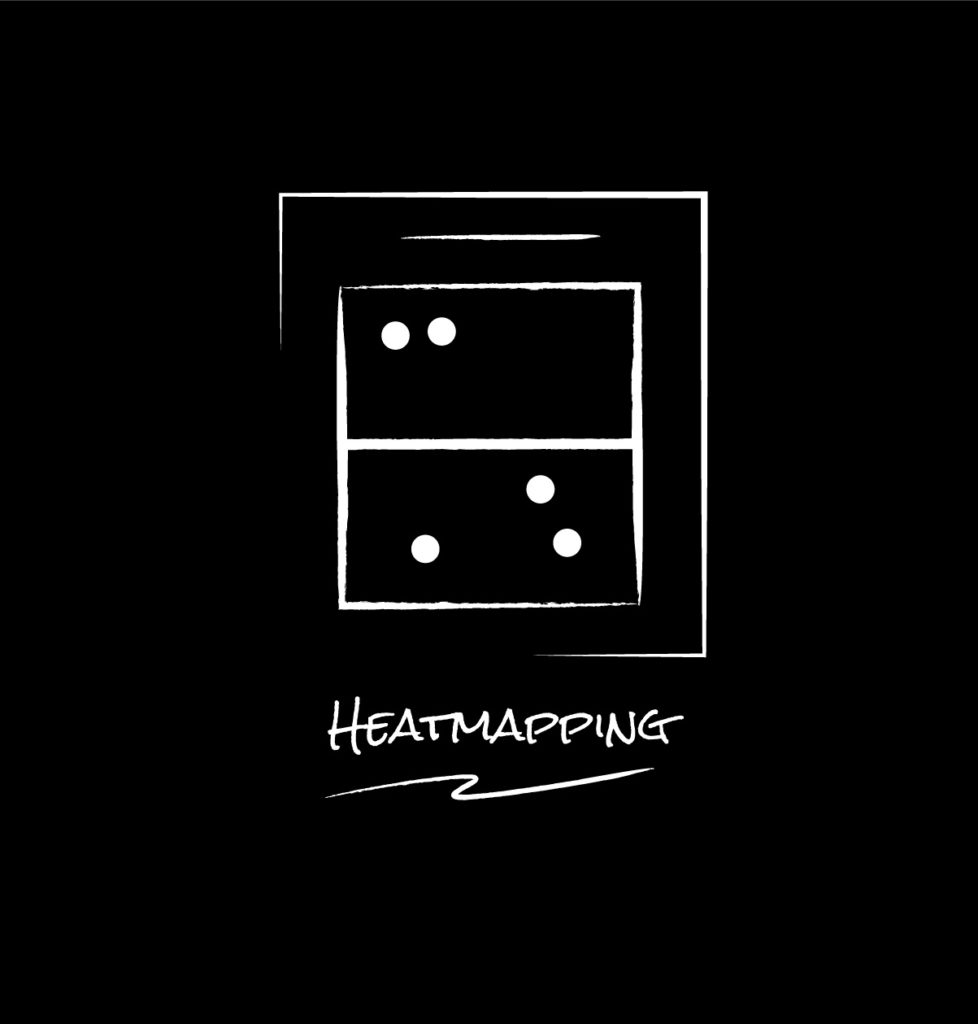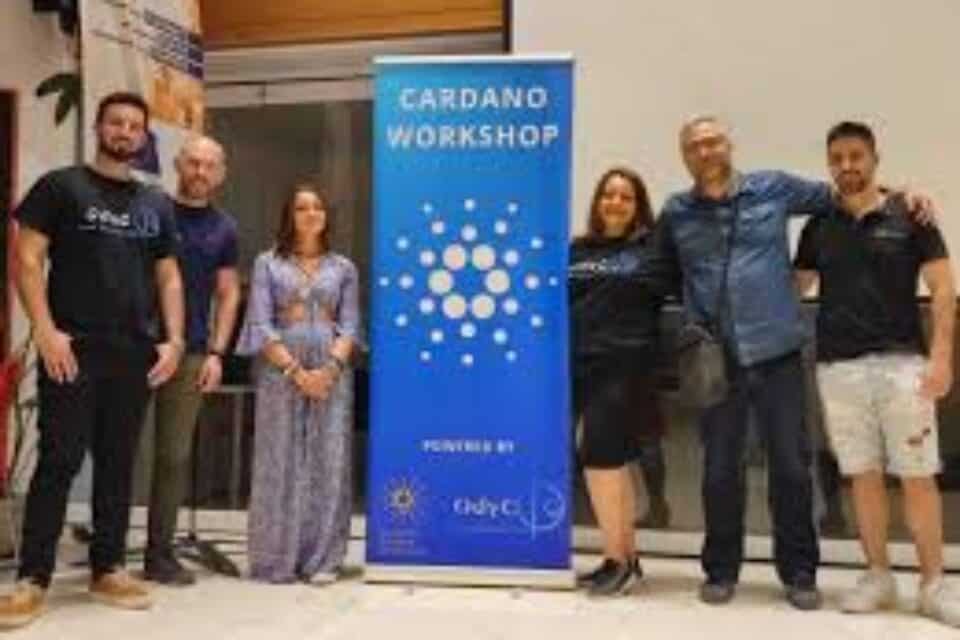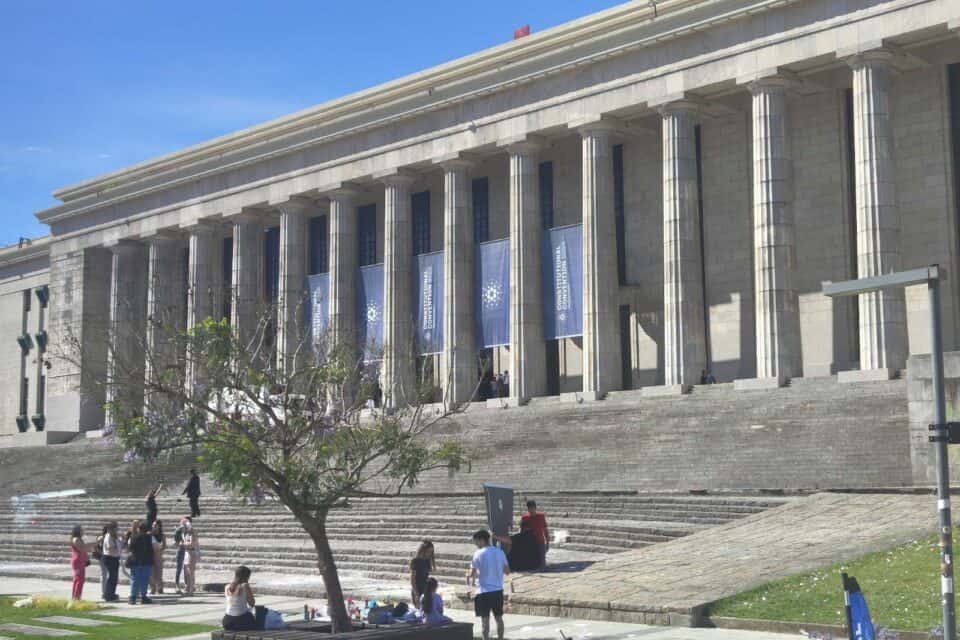How we helped IDB Invest’s technology team improve its customer engagement and experience
IDB Invest, the private sector institution of the Inter-American Development Bank (IDB) Group, is a multilateral development bank committed to supporting the private sector in Latin America and the Caribbean. It finances sustainable enterprises and projects to achieve financial results that maximize economic, social, and environmental development for the region.
Their technology team wanted to investigate how to successfully communicate their value proposition internally to IDB Invest, to ultimately get more people aware of their strategic role in the organization. So we facilitated a four-day Design Sprint to help them do so.
“The design sprint was an eye-opening experience. It planted the seed of a now-growing design culture within the AKI division by having team leaders (who usually approached IT solutions software-centered) go through the design thinking process and see the value of taking a more human-centered approach in devising effective solutions.” – Jose Morales Mendizabal, Lead UX Designer at IDB Invest
The Design Sprint
IBD Invest engaged in a four-day Design Sprint, led by Voltage Control. The team started the first day by imagining their desired end result and the risks along the way. Then, they worked backward to figure out the steps they needed to get there.

Day 1: Map/Sketch
We agreed on a goal, central questions we wanted to answer, and reviewed the map of our problem space together.
Identified goal: Communicate the value proposition to our internal stakeholders in a clear, understandable, accessible, and engaging way so that we can build advocates and become viewed as a strategic partner in co-creating solutions.
Central Questions:
How can we build and maintain trust?
How can we avoid prioritizing the urgent over the important?
How can we avoid missing the big pictures (and why)?
How can we get things done due to lack of time, support, and bureaucracy?
How can we address our internal communication issues?
The team then engaged in an exercise called “How we might…” The process was an effective way to encourage everyone to explore possible solutions to their challenge by thinking big rather than getting mired by the painful details of taking a full solution to market. Each team member selected their top HMW notes to keep in mind during testing.


Next, the team located and shared analogous inspiration in lightning demos. The demos included competitors, adjacent services, intuitive interfaces, inspiring branding, and compelling content.
“Good artists lie. Great artists steal.” —Picasso
Day one ended with a four-step sketch. This process enabled everyone on the team to become a designer. Anyone can sketch. Most solution sketches are just rectangles and words. Step one was for all team members to write down the goal and questions on paper as well as their favorite HMW’s and lightning demos. Taking time for this moment of collection and reflection grounded the team and focused energy while allowing each participant time to process all we had done so far.

Next, the team transitioned from observing and collecting to reacting and generating. They rapidly documented all ideas they had as they reviewed their notes. Step three was Crazy 8s. The team had eight minutes to quickly explore eight new ideas. This was a fun way to unlock latent ideas and try different versions of an idea.
The team spent the rest of the day sketching one or two solutions that they felt held the most promise. Although they were together in the same room, they worked alone. Group brainstorms don’t work. Instead, we gave each person time to develop solutions on their own.

Day 2: Decide
On the second day, the team engaged in Heat Mapping. Each team member worked their way around the room placing small dots on posted-up sketches to create a heat map of things that stood out as ideas with high potential.


Once the heat maps were created, we led everyone through a speed critique and straw poll voting to narrow down the most popular ideas. Then the team leader used three super vote dots to select the winning solutions. We combined each of these sketches into a single solution for prototyping.
User Flows was the next activity. Each team member imagined their ideal flow in six steps. We compared the flows and voted on them. The team leader made the final call on which of the flows matched the solutions that were chosen.
Using the user flows and solutions as a framework, the team collaborated on a storyboard. We pulled elements of the solutions that aligned with our flow into wireframes of the screens we could prototype.

Day 3: Prototype
The third day was dedicated to prototyping. The team created a web experience to showcase their division’s role and the services they provide to the organization in order to communicate their value proposition. The prototype featured a “brochure” style website, leveraging copy and stock photography to support the internal branding of the AKI division, as well as an interactive chat-bot simulation to solve users’ IT support queries. To build a high fidelity prototype, the team used a combination of digital design tools including Google Docs, MS Teams, and Adobe XD. By collaborating in Google Docs, the team could track jobs on a Kanban board and easily share assets with one another.


Day 4: Testing
On the final day, the entire sprint team observed the interviews in real time while I moderated the interviews from another room. Using the Voltage Control Design Sprint Scorecard, the team quickly assessed the response to the questions we set out at the beginning of the Design Sprint.
“I’ve never seen us work this way, usually we spend a ton of time and then launch something without knowing if it is the right thing.” —Alejandro

The Outcome
The IDB Invest team identified several takeaways about the technology and processes they were using. Firstly, we learned that Maestro, the core operations analysis tool they were using, was slow and cumbersome for quick updates which slowed their process. We also recognized holes in the user experience from how to effectively provide users with what they need to the consistent desire for more transparency in their work to build trust and engagement.

We developed potential next steps from these insights to address the problems. These included exploring contextual support from Maestro or other systems to improve the tool’s usability as well as exploring other helpful navigation tools, functions, and forms of communication to enhance the user experience. The ideas to experiment with ways to foster a sense of community and unlock more opportunities for self-service were also noted.
Here’s what Lead UX Designer at IDB Invest Jose Morales Mendizabal said about the team’s takeaways and how they are incorporating the learnings in their work post-sprint:
“After the great and really surprising insights we uncovered during the Design Sprint, we decided to go back to the drawing board and think of different approaches to communicate our value prop in more active and engaging ways than just a static, brochure-like intranet website. In the end, we crafted a ‘marketing plan’ aimed at improving the client experience. We are just now getting started rolling out each of the tactics that propel each objective in the strategy. The intranet portal will still be worked on, but it will be just a channel in a larger ecosystem.”
Looking for an Expert Facilitator?
Voltage Control offers a range of options for innovation training, design sprints, and design thinking facilitation. Please reach out to us at info@voltagecontrol.co if you want to talk.


